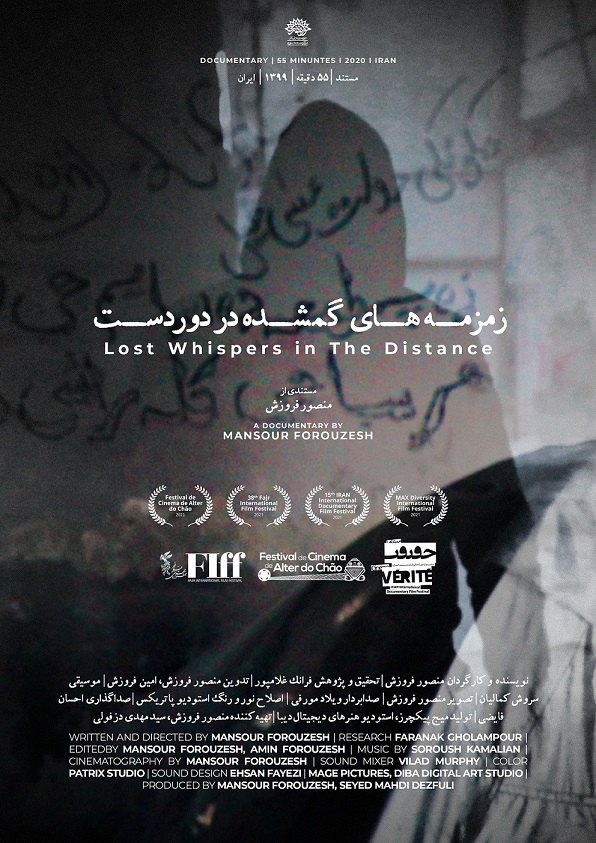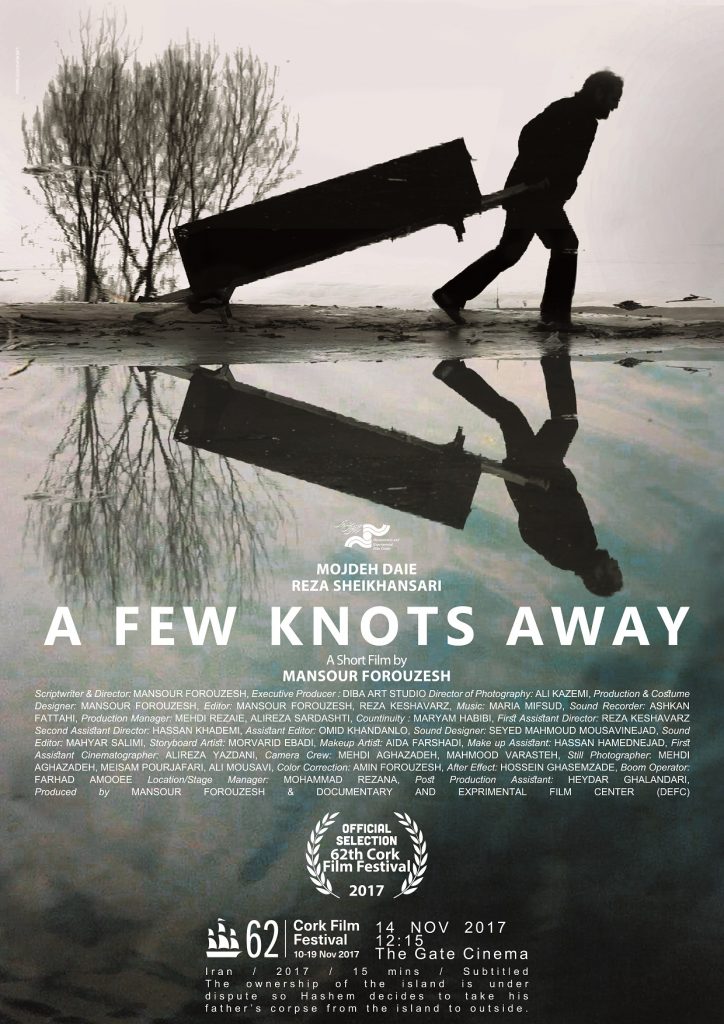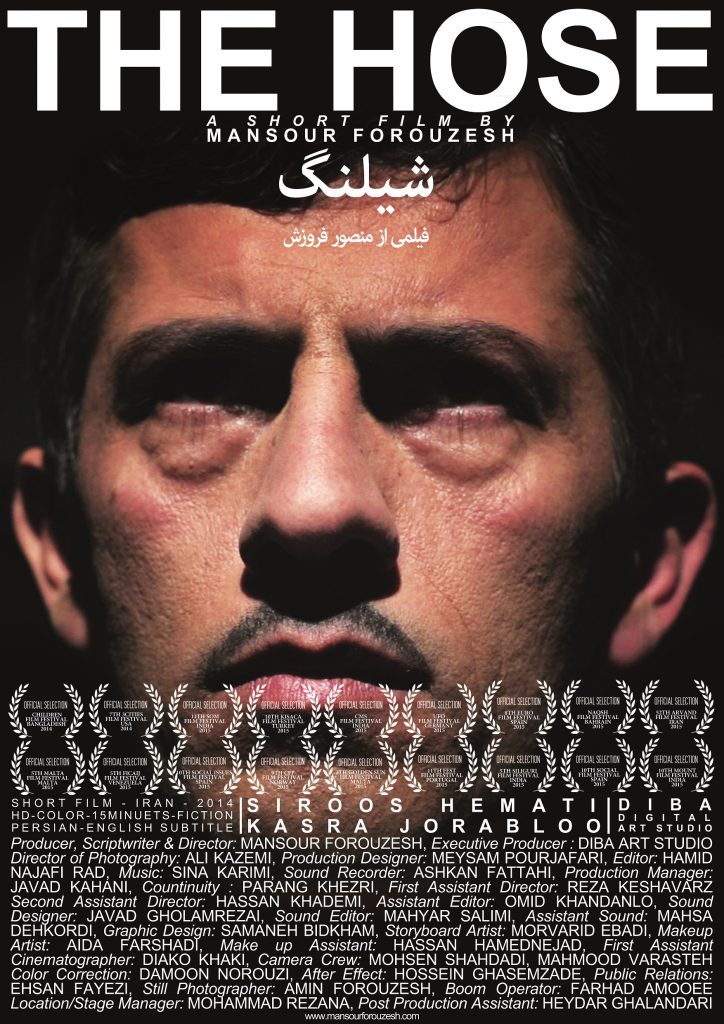By Paula Grohn
Mansour Forouzesh’s photo exhibition “[In]Visible meaning” consists of two series of photos called “Fear” and “Comfort Zone”. The Fear series is a collection of colour photos, taken during the first months of COVID-19 spreading, each photo being presented together with a news article headline related to Coronavirus pandemic. The series is reintroducing us the early days of the pandemic, when no one yet knew what will happen and how long would it take for it to pass. Suddenly, our daily lives were filled with non-stop news coverage of Covid and questions, some more profound while some being very practical, such as if our groceries need to be disinfected, what kind of products we should store at home, if masks can be reused and if we should wash the feet of our pets the same way we are washing our hands when entering home. Although life has returned almost back to normal since then, the photo series is still current, giving us a possibility to reflect how in proportion our fears and behaviour related to it were compared to what we now know about Covid. The soap can be seen as us trying to gain back the feeling of control and reducing the amount of fear by washing everything, while the photos also manage to captivate a more serious question which was often asked during the pandemic; what and who can we trust and rely on.
The Comfort Zone photo series is rooting us back into the present moment. The series include mostly black and white photos of everyday life moments and human-built structures creating spaces in an urban environment. In this series the photographer is exploring the relationship between urban cities and the citizens. The photos are dynamic and simplistic, using the power of geometric shapes, repeating rhythmical elements and strong contrasts. Some of the photos are exhibited in pairs, creating a visual dialog between two images. At first glance the photos might remind us of social issues in large cities, but also different explanations can be given. While one viewer sees a huge apartment building with thousands of inhabitants as a dangerous and suppressing environment to live in, another one feels nostalgic because she lived a happy childhood in a similar place, and while someone might consider a person sitting by himself at the train platform as lonely, another one might congratulate him for being able to take a moment for himself. It would be simple to explain the differences in interpretations with different perspectives. What we could ask ourselves instead is, what do we find resonating in the photos and what it can teach us about ourselves. After all, these could be core questions to reveal invisible meanings.




